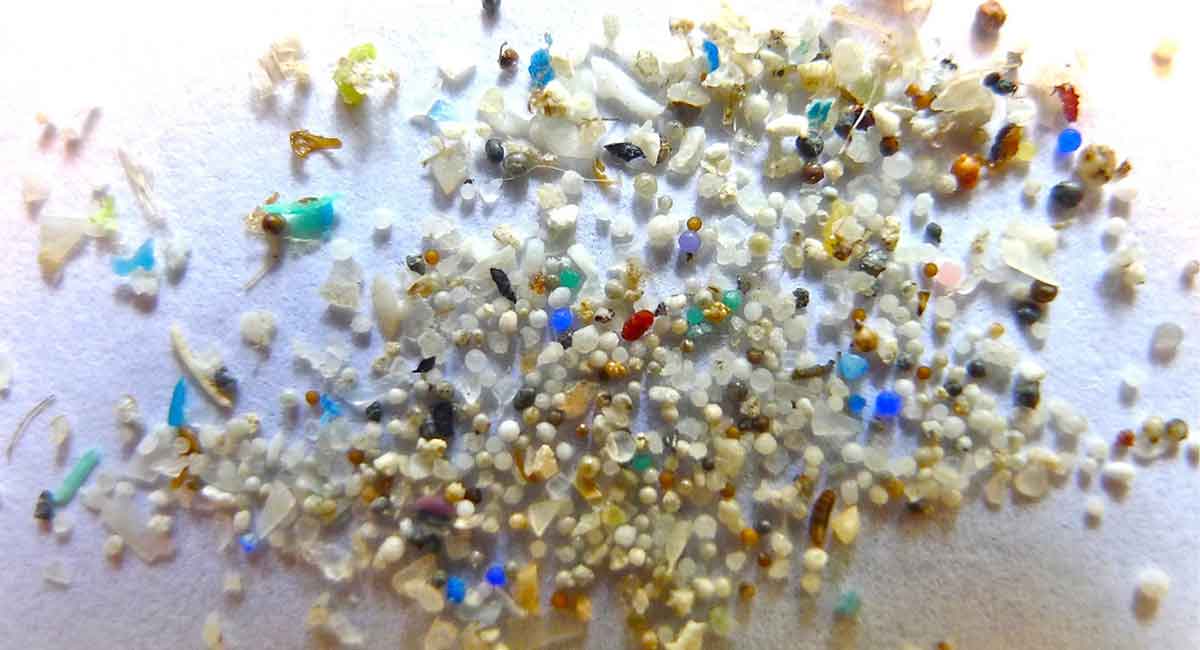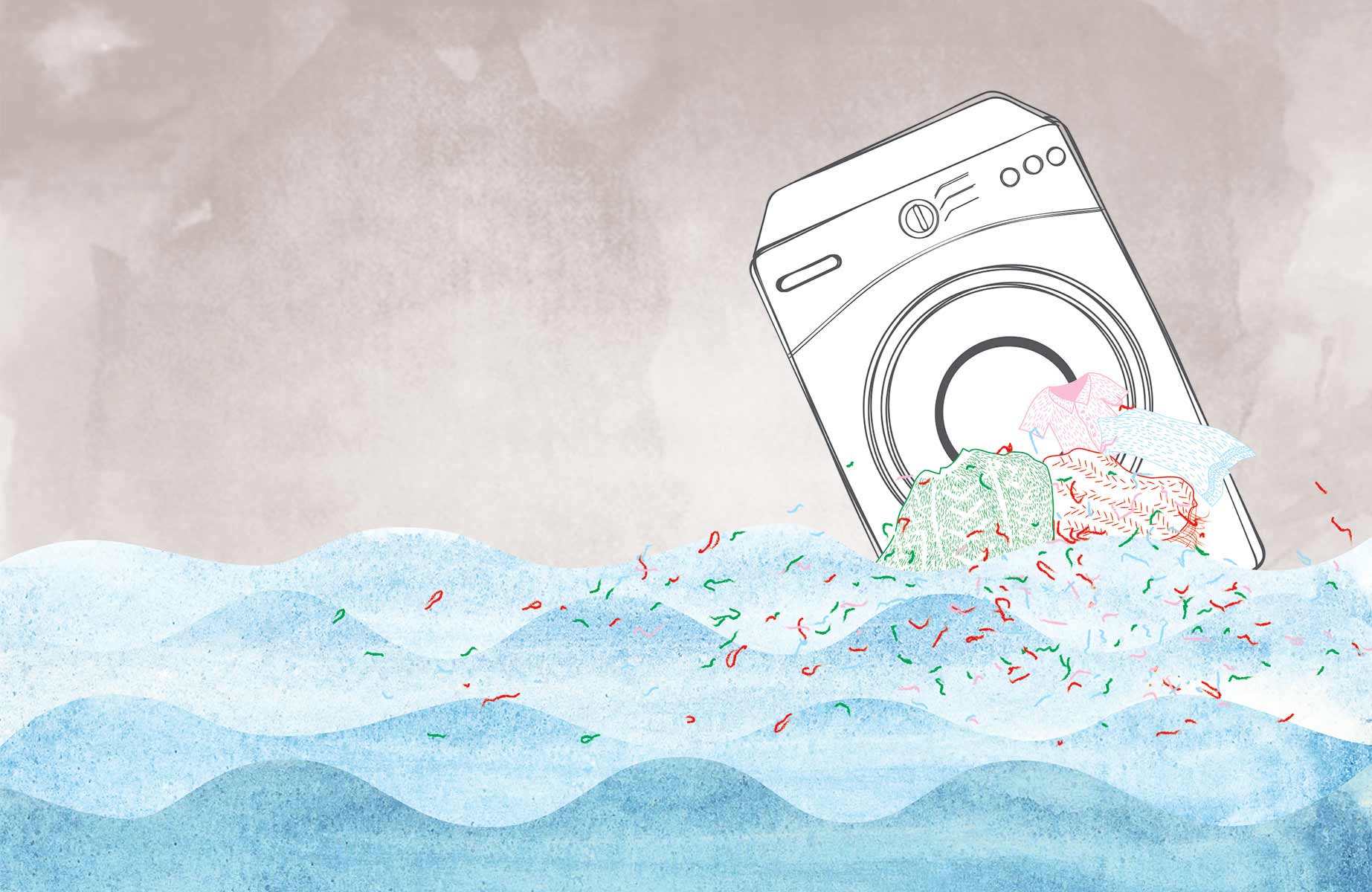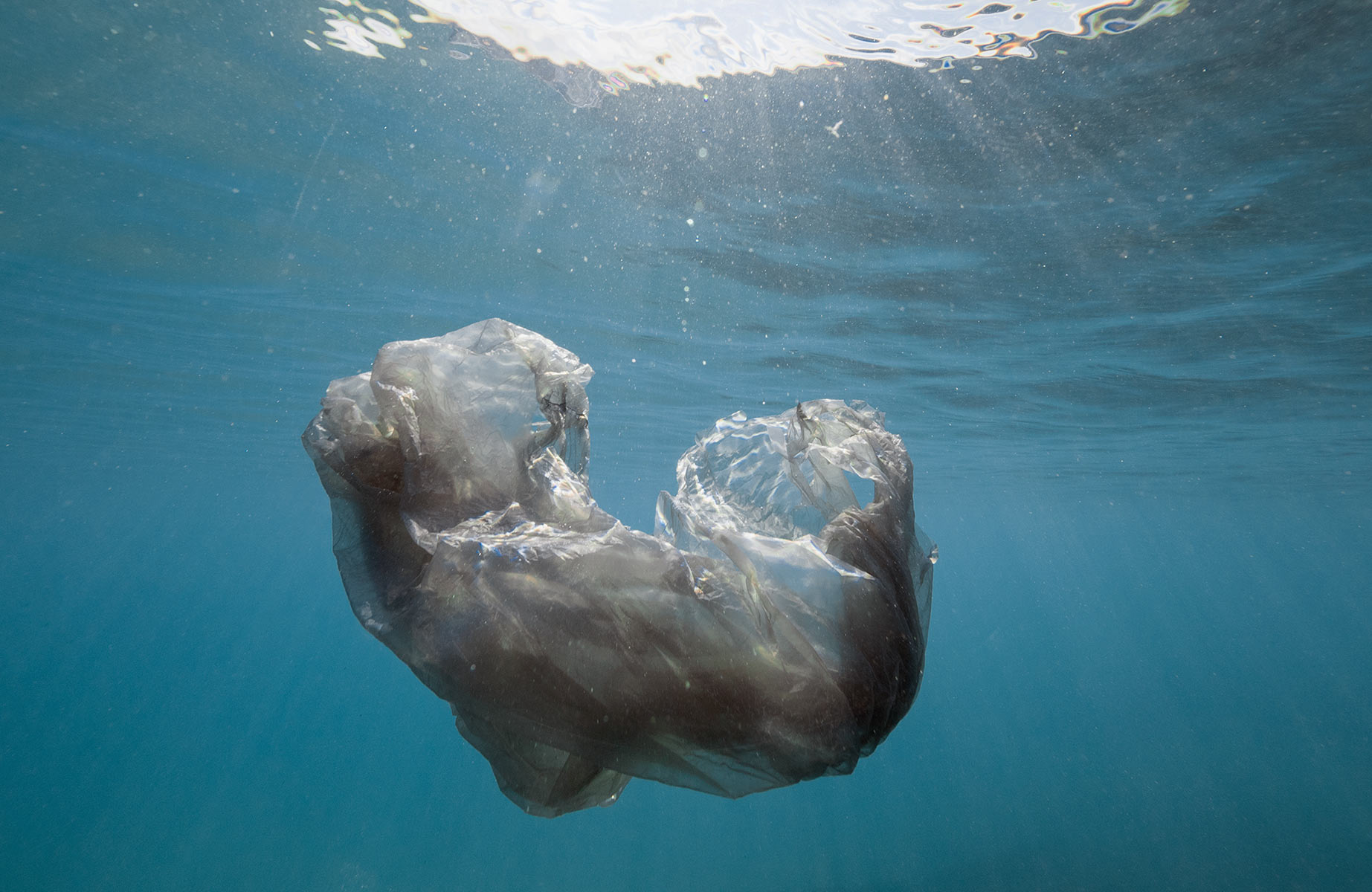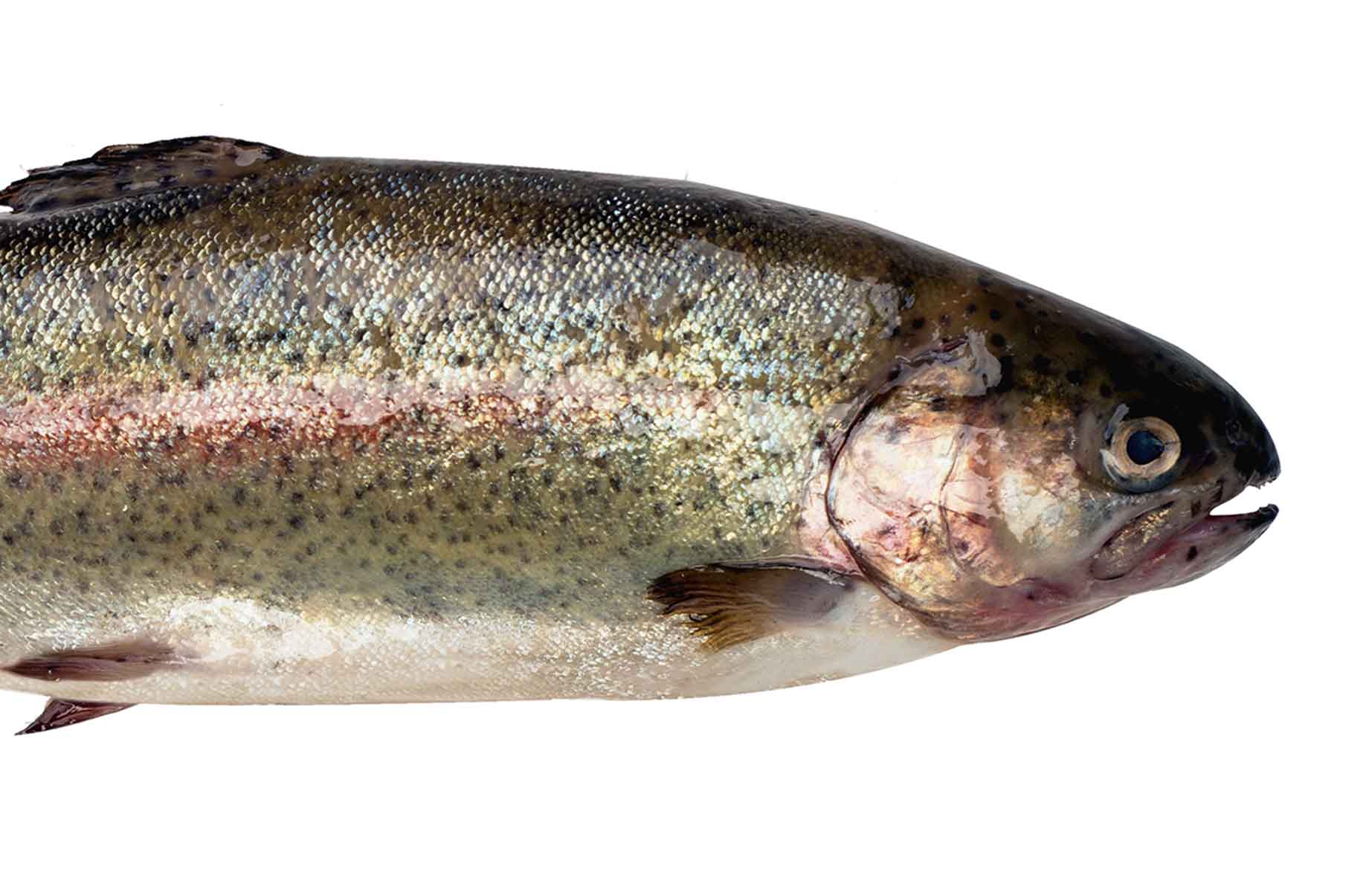Microplastics are fragments of plastics that have been eroded down to one millimetre or smaller. In 2004, Mark Anthony Browne, PhD, an ecologist at the University of New South Wales, Australia, began his doctoral research on microplastics: a little known topic at the time. Over the past decade, Browne has significantly advanced scientific research and public awareness about the harmful effects of microplastics on aquatic environments and marine life.
Originally, Browne and his research team believed that cosmetic microbeads, and cleaning products containing plastic particles, were the main sources of microplastics in marine environments. However, over the course of their research, the team, “came up with some staggering observations,” says Browne. The researchers discovered a primary source of harmful microplastics: doing laundry. “Essentially, once we looked in all these samples that had been taken over three or four years from each continent, we were staggered by the number of fibres we were pulling out, and when we did chemical analysis of these types of fibres… they were all coming out as polyester, nylon, acrylic”—fibres that are mainly found in synthetic clothing.

In a study published in Environmental Science & Technology (2011), Browne explained that synthetic fabrics like polyester and acrylic can shed more than 1,900 fibres per wash; fleece garments can release 180 per cent more fibres than polyester or acrylic. Browne concluded, “that using washing machines may, indirectly, add considerable numbers of microplastic fibres to marine habitats.”
When Browne was looking for ways to prevent synthetic fibres from being discharged into the ocean, he discovered Blair Jollimore, an airplane engineer in Nova Scotia. Jollimore had designed a filter that prevents clothing fibres from being released into septic and sewage systems. He subsequently started a business selling his filter online; Browne contacted Jollimore after finding his sales website. After speaking with Browne, Jollimore was surprised to learn that his filter invention—originally designed to solve a backup of sewage in his basement—could potentially save the world’s oceans.
Browne and Jollimore are currently seeking funding in order to test the effectiveness of Jollimore’s filter. If funding is secured, they could help slow the global contamination of microplastics.











